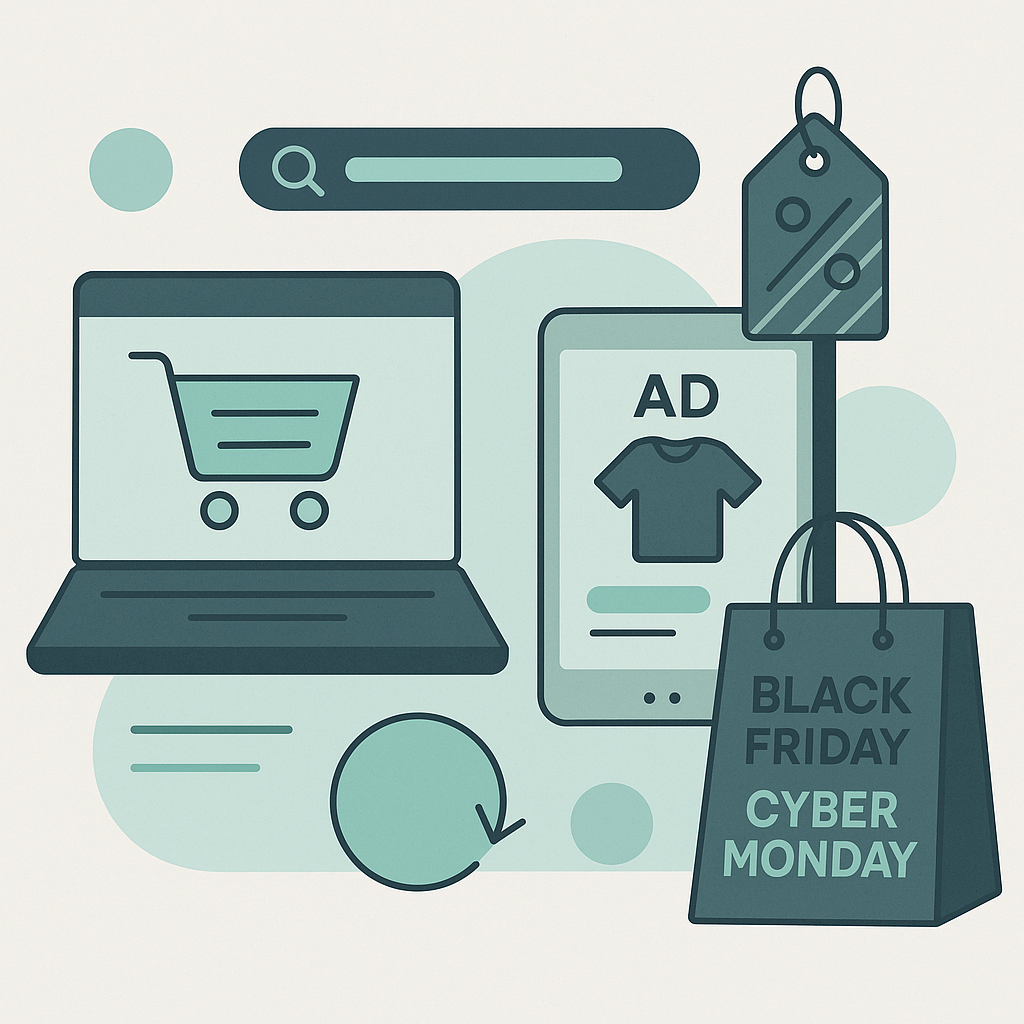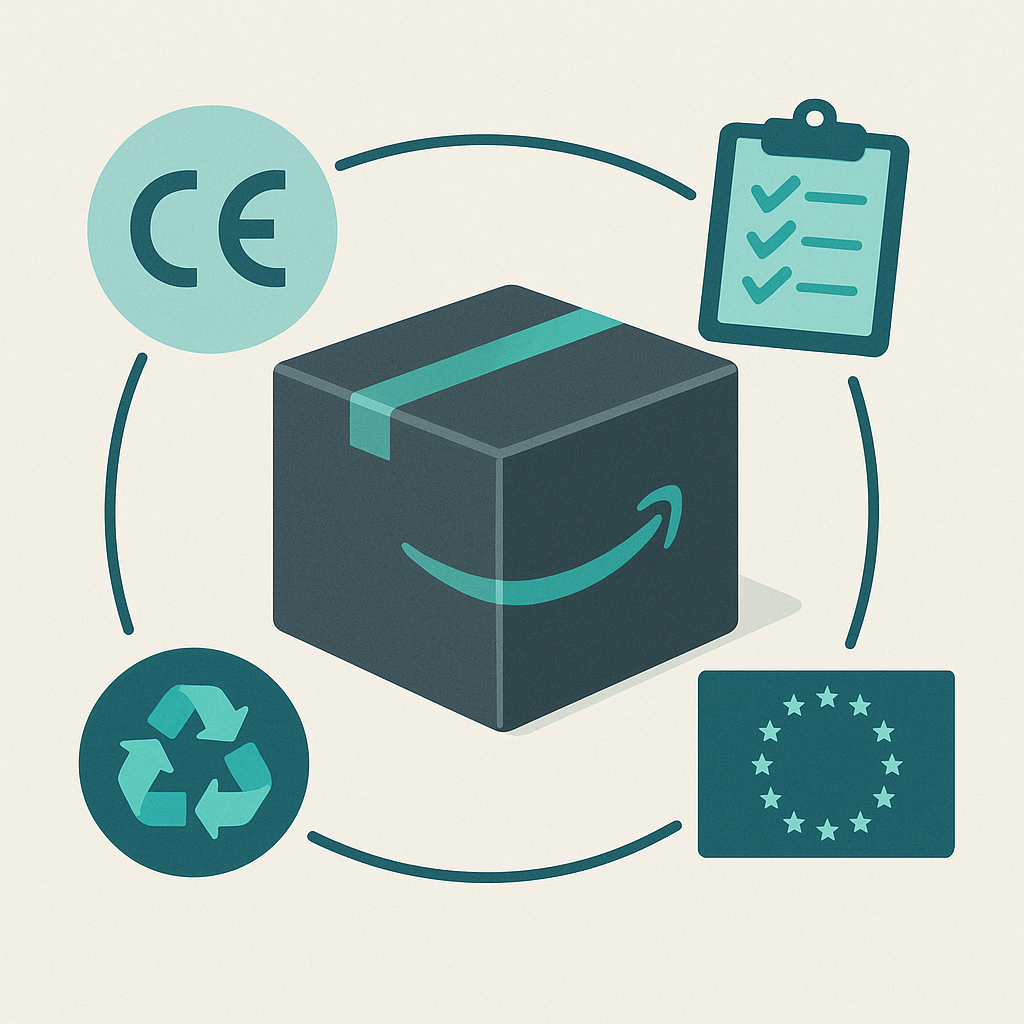What Sellers Need to Know about Amazon Buybox Before Q4 2025

The Amazon Buy Box still decides who wins the sale, but in 2025, it’s powered by smarter algorithms and stricter external price monitoring. As Q4 approaches, sellers who ignore price parity (especially across their own websites and other marketplaces) risk losing their Buy Box visibility, and most of their sales.
What Is the Amazon Buy Box?
The Buy Box, or “Featured Offer,” is the default seller option under Amazon’s Add to Cart and Buy Now buttons.
It captures 80%+ of all Amazon sales, especially on mobile.
But the logic behind who wins that space has evolved. The Buy Box algorithm in 2025 no longer just compares prices on Amazon — it compares prices across the entire internet.
How Amazon’s External Price Matching Really Works
Amazon’s pricing engine continuously scans the web to ensure buyers aren’t overpaying on Amazon. When it finds your product cheaper elsewhere, it may suppress the Buy Box or reduce your visibility, even if your metrics are perfect.
Where does Amazon check?
1. Brand or Manufacturer Websites
Amazon cross-references the price listed on your official brand site.
2. Major Retailers
Amazon monitors major competitor websites like Walmart, Target, Best Buy, and Home Depot. If a lower price is detected, the algorithm assumes Amazon shoppers aren’t getting the best deal.
3. Third-Party Marketplaces
Smaller platforms — such as eBay, Shopify stores, or niche category sites — are also part of Amazon’s external scan. If the ASIN, UPC, or model number matches, pricing discrepancies matter.
4. International Amazon Stores
For global ASINs, Amazon sometimes compares your U.S. listing with Amazon.ca, Amazon.co.uk, or EU marketplaces after currency conversion.
What happens if prices don’t match?
- Buy Box suppression: The “Add to Cart” button disappears
- Ranking drop: Your listing moves down the search results
- Performance flag: Repeated mismatches may trigger account warnings
Amazon’s ultimate goal: consistent pricing parity between Amazon and the broader web.
Why Buy Box Suppression Is More Common in 2025
In 2025, Amazon’s price checks happen almost in real time. A flash sale on your brand site or a short-term discount at a retailer can trigger Buy Box loss within hours.
Common triggers include:
- Your DTC site runs a lower price during a sale.
- Another retailer discounts the same ASIN for a weekend promo.
- Your repricer doesn’t adjust quickly enough to match market changes.
- Shipping costs make your total “landed price” higher than competitors.
Once suppressed, conversion rates can drop by 70% or more because shoppers rarely click “See all buying options.”
Pre-Q4 Checklist: Protect Your Buy Box Share
1. Audit External Pricing Weekly
Use a pricing intelligence tool like MarketLeap to monitor how your ASINs compare across brand, retailer, and marketplace sites.
→ Set alerts when prices diverge by more than 5 %.
2. Align Your Brand & Amazon Pricing Teams
If you sell on both Amazon and your own DTC site, synchronize pricing calendars before Q4 promotions to prevent conflicts.
3. Focus on “Landed Price,” Not Just Product Price
Amazon compares the total cost (item + shipping). Offering free or faster delivery can often beat a lower sticker price.
4. Maintain FBA or Fast-Ship Eligibility
Fulfillment by Amazon (FBA) still gives a major Buy Box boost.
If you’re FBM, maintain 1–2-day delivery times and top-tier tracking reliability.
5. Watch for Buy Box Suppression Alerts
If your Buy Box suddenly disappears:
- Check for external price mismatches
- Review shipping or handling delays
- Inspect Amazon Account Health notifications
Smart Pricing: Compete Without Losing Margin
Instead of chasing every price drop:
- Set a profit floor: know your lowest sustainable price after fees.
- Use adaptive repricers that consider shipping and external data.
- Track Buy Box share trends instead of obsessing over daily prices.
Amazon favors sellers who deliver consistent value, not the cheapest headline price.
Final Takeaway: External Parity Is the New Battlefield
Winning the Amazon Buy Box in 2025 isn’t just about competing on Amazon. It’s about being competitively priced everywhere, across your brand site, big-box retailers, and smaller marketplaces.
With Q4 approaching, align your pricing teams, monitor parity weekly, and prioritize fulfillment performance. The sellers who master external price harmony will hold the Buy Box longer, earn higher margins, and capture the season’s biggest traffic surge.





.png)

.png)
.png)
